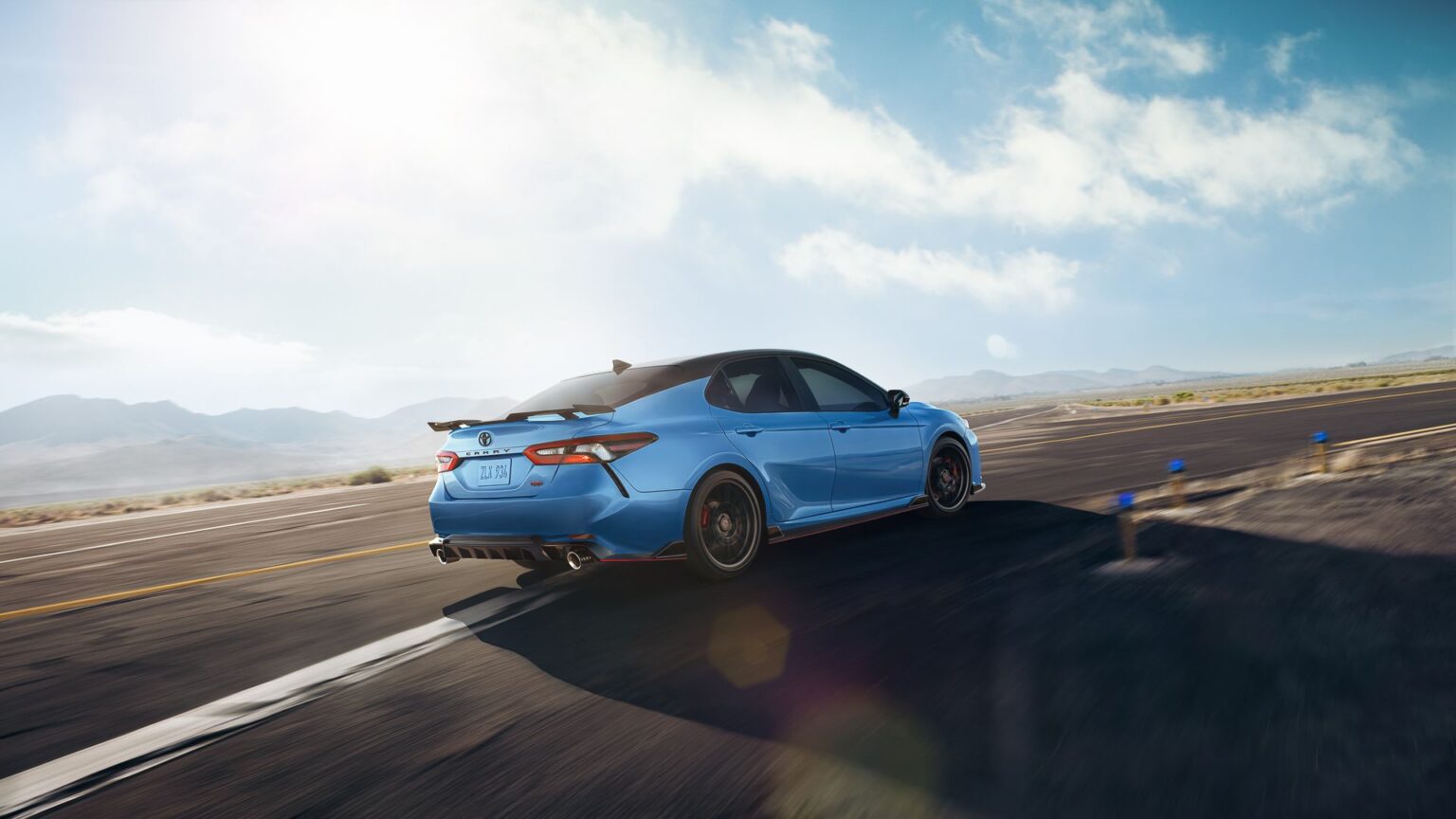Research from Toyota’s Collaborative Safety Research Center (CSRC) has found that heavy traffic and/or collisions could inadvertently cause drivers to exceed speed limits on the road after the fact.
Recent research by the CSRC, created in 2011 specifically to help advance mobility safety both in Toyota vehicles and within the industry as a whole, has found that the time of day, the speed of vehicles around you and, ironically, sitting in idling traffic could encourage drivers to exceed the speed limit after the fact. The results from this research were based on 3,798 controlled road trips conducted by 44 drivers over a three-week period late last year in Michigan. No word yet on whether they were driving a GT86 sports car or the hydrogen-powered Mirai, but chances are it was a Camry or the RAV4.
Previous Time Spent At Idle Speeds
One Of 188 Factors Determined By Research
The CSRC found that, on average, its pool of 44 drivers would speed, on average, 7.8 percent of the time during their road trips, with “speeding events” – as Toyota calls them – determined to be anything above 5 MPH over the posted speed limit for at least five seconds.
“Context matters when people choose to speed.”
– Jason Hallman, CSRC senior manager
Unlike prior research into ‘speeding events,’ which focused more on driver age and personality (How risk-averse is a subset of the driving populace? How many of them are thrill-seekers?), CSRC instead looked at the broader context of an entire trip, using 188 unique “driving and behavioral variables” to determine possible reasons for speeding.
To accurately determine the factors behind a speeding event, the control group of 44 was broken down into four “profile clusters”:
- Traffic & Idling Speeders
- Infrequent Speeders
- Frequent Speeders
- Situational Speeders.
And no, we are not going to name them all. But of those 188, nine were found to be “significant predictors” of speeding, including:
- Previous time spent idling and speeding
- Highway driving in low traffic
- Individual attitudes about speeding and phone use
Prolonged time at idling speeds in particular was found to be a key contributing factor: in short bursts, the control group drove over the speed limit on average for only 3.5 percent of the trip. This figure grew to a high of 28.8 percent as the group spent a longer time at idling speeds, with anything above 20 to 30 seconds at idling speeds seen as a “threshold.”
“This is some of the first research to show that the choice to speed depends a lot on the circumstances of the drive itself, not only the characteristics of the driver,” CSRC principal scientist Josh Domeyer explained in an official statement.
Address “The Root Cause” With Road Sign Assist, Says Toyota
Though a permanent solution to such a problem is unclear, CSRC’s researchers, in their study’s conclusion, did suggest that addressing “the root causes of the behavior” would be a more effective countermeasure to speeding “in addition to” – rather than as opposed to, interestingly – “the behavior itself.”
Unsurprisingly, the benefits of the 2.0 Toyota’s Safety Sense (TSS) software, a pillar of the Japanese marque’s drive to create a “future society with zero traffic accidents” and first introduced with the Camry for 2020, was cited as a means to help better inform drivers of their speed and when the local limit is being exceeded. In particular, Road Sign Assist, first introduced to the U.S. market in 2018, and which keeps drivers aware of the posted limit via an icon on the dashboard,
“The goal was to identify the underlying motivations for the drivers…. When we looked at idling and the number of surrounding vehicles, we found that those factors contributed to the likelihood to speed more than personality factors.”
– Josh Domeyer, CSRC principal scientist
Check out the full Toyota Collaborative Safety Research Center (CSRC) research paper HERE
Read the full article here


